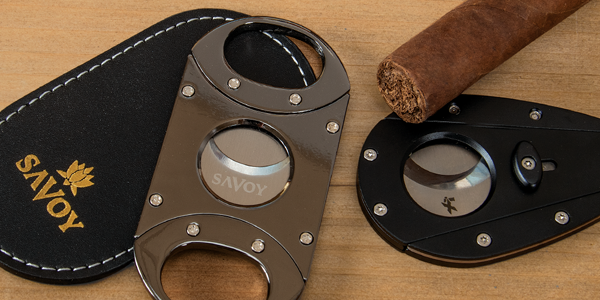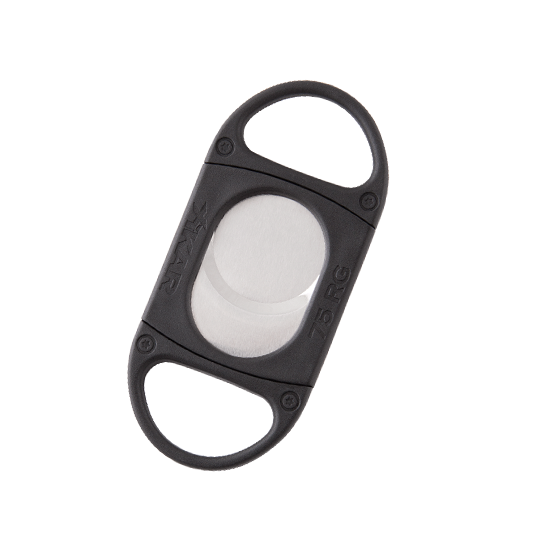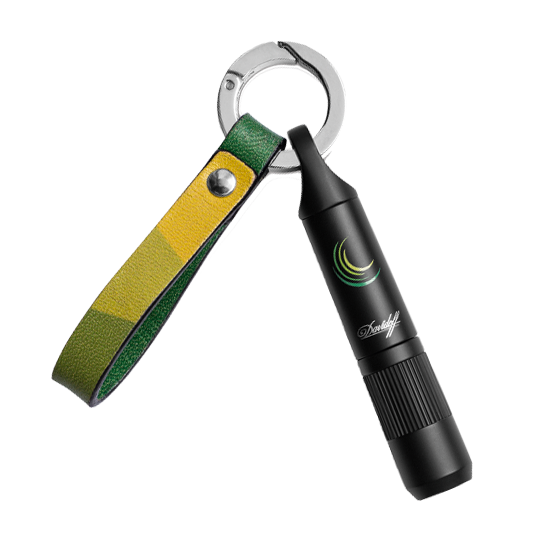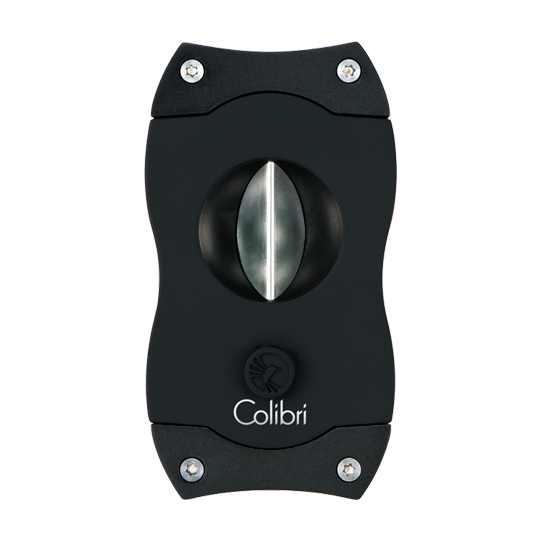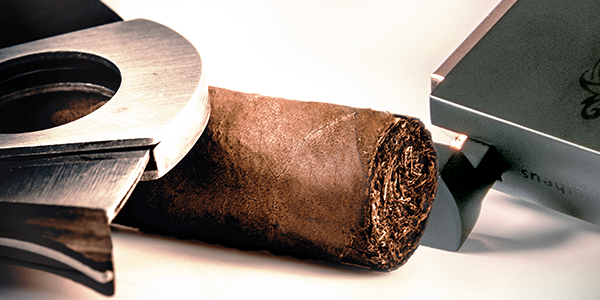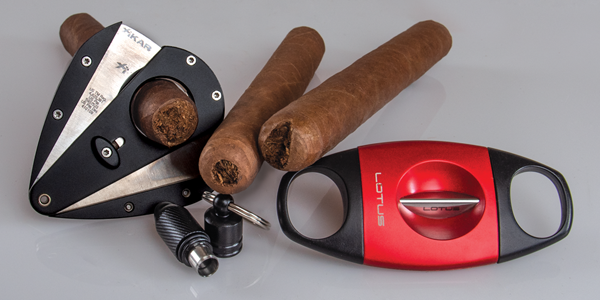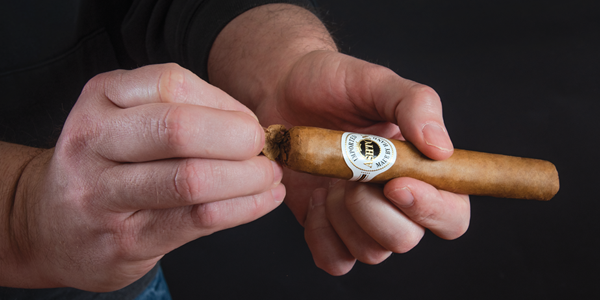The History of Cigar Cutters
I’m not quite sure when it all got crazy, but before a certain magazine hit the stands in the early 1990s, the only time I needed a cigar cutter was for a Figurado. I’m sure some would say I was being gauche, but usually I would just nip the end off with my teeth. (I still do!) Occasionally, I would use my fingernail. Very rarely would I use a cutter. I always thought, and still do, that the cutter – a straight cutter – takes off too much of the cap. I never much cared for the V-cutter. Perhaps I just don’t have the dexterity to use a cutter properly. Perhaps. But this article isn’t about me.
History
The first cigar cutter is thought to have been a “perforator,” a precursor to today’s cigar punches. There are records of such a device from as early as 1868.
A few years later, the cutter evolved into something like a knife. As cigar smoking became more popular, that knife became a bit more refined and dedicated to the sole purpose of opening the head of the cigar. While it’s not clear who invented the cigar cutter, an early description from 1859 by Frederick William Fairholt, in his book Tobacco: Its History and Associations supports the knife origin story.
In Berlin, a few years ago, an ingenious pocket- knife, entirely of steel, was fabricated for the use of cigar-smokers. It had all the strength of the usual knife, but the spring was so constructed that it did not shut down to the edge of the blade; the cigar-end being placed through the aperture at the end, the point of the knife, on being pressed down by the finger, cut off the end of the cigar.
Fairholt, a German “tobacco manufacturer” whose original name was “Farholz,” described a second type of early cigar cutter.
Another simple little implement, to act as cigar-cutter and holder.... The double cutter at one side takes off the end of the cigar, and, when closed, acts as a hold for the finger and thumb, the opposite arms closing round the cigar and securing it very firmly. A small loop on one of the cutters allows it to be attached to the watch-chain if desired.
Little is written about cigar cutters and over time they have become more ornate. Lately, however, cigar cutters are mostly utilitarian, though some are made of expensive materials and are quite artistic.
Types of Cutters
Zino Davidoff, the legendary, late tobacconist, was a big proponent of the cigar cutter. He eschewed the dental method of removing the cap, writing that this “…does not permit much precision. I realize that some smokers are past masters of this technique, but I never practice or recommend such a method.”
Among the most famous cigar smokers, Winston Churchill had a rudimentary approach to preparing his cigar to be smoked. William Manchester, in the first volume of his biography of Churchill, reported that Churchill liked to moisten the end of his cigar in his mouth, then use a long wooden match to puncture it. Then he would blow through the cigar to ensure that it would draw.
Straight Cut
The straight cut, or guillotine, cigar cutter might be the most popular of all styles today. Early cigar cutters had rather small openings. They couldn’t have handled the 60-ring gauge cigars that are popular now. The Xikar X875 ($29.95) can take care of that.
Make sure that you get a straight cutter with a double blade. This provides much greater precision and a cleaner cut. The straight cutter is probably the easiest to carry.
Punch Cut
There are three basic types of punch cutters. The bullet punch, Havana punch and the multi-punch. The Davidoff Escurio ($89.95) is an example of the bullet punch and it’s very easy to carry around with a convenient key chain strap. Clearly, this is to be used only on flat-head cigars.
Havana Punch
The Havana punch is similar to the regular punch, but it usually comes in a small compartment which houses the actual punch. Push a button on one end, and the punch comes out. Punch again and the punch retracts. Kind of like a ballpoint pen.
Multi-Punch
A multi-punch features two or more punch-cutters of varying sizes to accommodate either thick or thin cigars. This is the least common punch. Occasionally, you’ll find multiple punch cutters integrated into the design of modern torch lighters.
V-Cut
Again, just like it sounds, the blade of the V-cut cutter delivers a V-shaped cut into the end of the cigar. This was originally designed for pyramid-shaped cigars, allowing the cut to get deeper into the cap. They work well for thicker gauges as well. Don’t cheap out on this. You need a high-quality one to make clean cuts. (Colibri V-Cutter, $34.95)
Caution
Finally, with all cigar cutters, one must be careful that only the cigar is cut. As Frank Isola wrote in the NY Daily News on January 14, 1999, “Even if Michael Jordan hadn't retired yesterday, there was a good chance he would have been unable to help the Bulls much this year. After announcing his retirement, Jordan revealed that he severed a tendon in his right index finger last week while cutting a cigar. According to Jordan, the injury will require surgery….” The very highly athletic, supremely coordinated Jordan added, “Hopefully, it doesn't alter my golf game.”
As the man used to say on a TV cop show, be careful out there.

